World first: HI locates mines buried underground
Xavier Depreytere, head of innovation projects at Humanity & Inclusion (HI), explains why the drone demining project launched by HI in 2018 is a world first.

Drone testing during a mine clearance operation with partner Mobility Robotics | © J. Fardoulis / HI
After 18 months of testing in the Chadian desert, HI has introduced a number of innovations and revolutionised humanitarian demining.
Drones to locate mines buried underground
We are the first in the world to be able to locate the exact position of mines buried in a real minefield using drones equipped with infrared cameras. Hundreds of mines laid decades ago, buried under the sand and invisible to the naked eye, have been found thanks to this innovative technique.
The largest map ever produced
We are also the first to conduct large-scale drone mapping of hazardous areas. In northern Chad, we have mapped an area equivalent to 50 linear kilometres. Another world first.
New operating rules
We have designed and applied new operating rules for mine clearance experts in order to incorporate the use of drones. All mine clearance operations must follow extremely strict procedures to protect the safety of deminers. We have developed new procedures for drone operations. Another revolution in humanitarian demining
Extreme testing conditions
Together with our partner Mobility Robotics, we carried out tests using drones for mine clearance operations under extreme conditions in the middle of the Chadian desert, where temperatures sometimes exceed 50 degrees. These tests were logistically very challenging and put our teams and equipment to the test.
Accessible technology
All technologies we have developed to incorporate drones into mine clearance operations are accessible and easy to use. The equipment is commercially available and low-cost. We trained Chadian personnel, who were soon able to pilot the drones and use them in real-field conditions.





